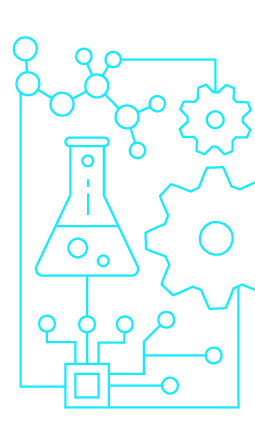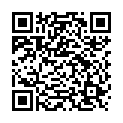|
|
|
| Module code: MAB-5.8 |
|
2V (2 hours per week) |
|
3 |
| Semester: 5 |
| Mandatory course: yes |
Language of instruction:
German |
Assessment:
Examination
[updated 12.09.2004]
|
MAB-5.8 Mechanical and Process Engineering, Bachelor, ASPO 01.10.2004
, semester 5, mandatory course
|
30 class hours (= 22.5 clock hours) over a 15-week period.
The total student study time is 90 hours (equivalent to 3 ECTS credits).
There are therefore 67.5 hours available for class preparation and follow-up work and exam preparation.
|
Recommended prerequisites (modules):
MAB-1.6 Engineering Mechanics I
MAB-3.6 Engineering Mechanics II
[updated 17.08.2012]
|
Recommended as prerequisite for:
|
Module coordinator:
Prof. Dr.-Ing. Heike Jaeckels |
Lecturer: Prof. Dr.-Ing. Heike Jaeckels
[updated 18.06.2004]
|
Learning outcomes:
After completing this course, students will:
- be acquainted with the tools used to describe vibrations in machines
-have learnt the methods used to influence these vibrations.
[updated 12.09.2004]
|
Module content:
- Introduction to vibrations and oscillations
- Fundamentals of vibration engineering and methods of representing vibrations
- Classifying vibrations
- Model development and mechanical equivalents
- Setting up and solving the system of differential equations
- Case studies of unbalance-excited vibrations, bending vibrations and torsional oscillations
[updated 12.09.2004]
|
Teaching methods/Media:
Jaeckels: Lecture notes
[updated 12.09.2004]
|
Recommended or required reading:
Fischer: Mechanische Schwingungen, Fachbuch- Verlag
Irretier: Grundlagen der Schwingungstechnik 1, Vieweg
Jürgler: Maschinendynamik, Springer
Klotter: Technische Schwingungslehre 1, Springer
Knaebel: Technische Schwingungslehre, Teubner
Krämer: Maschinendynamik, Springer
[updated 12.09.2004]
|


